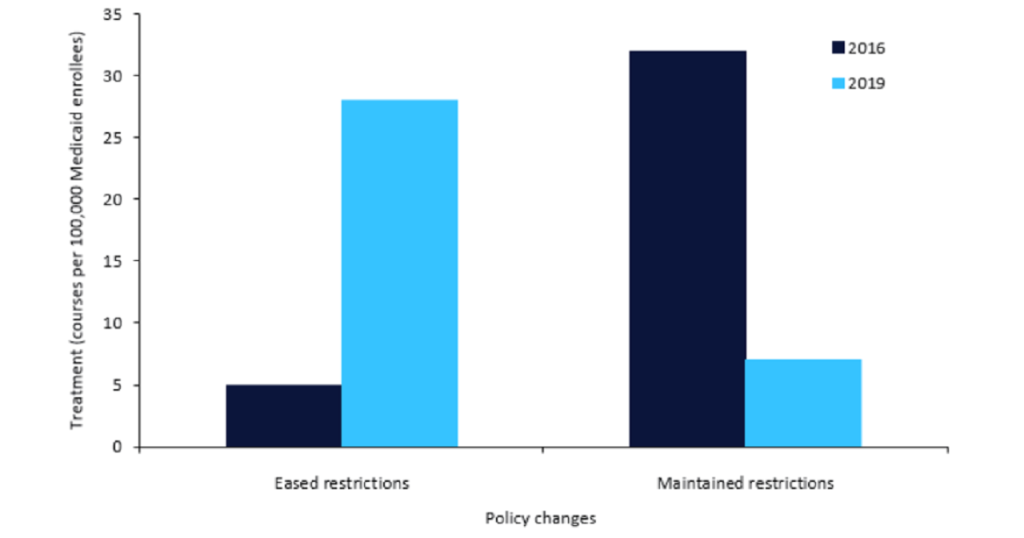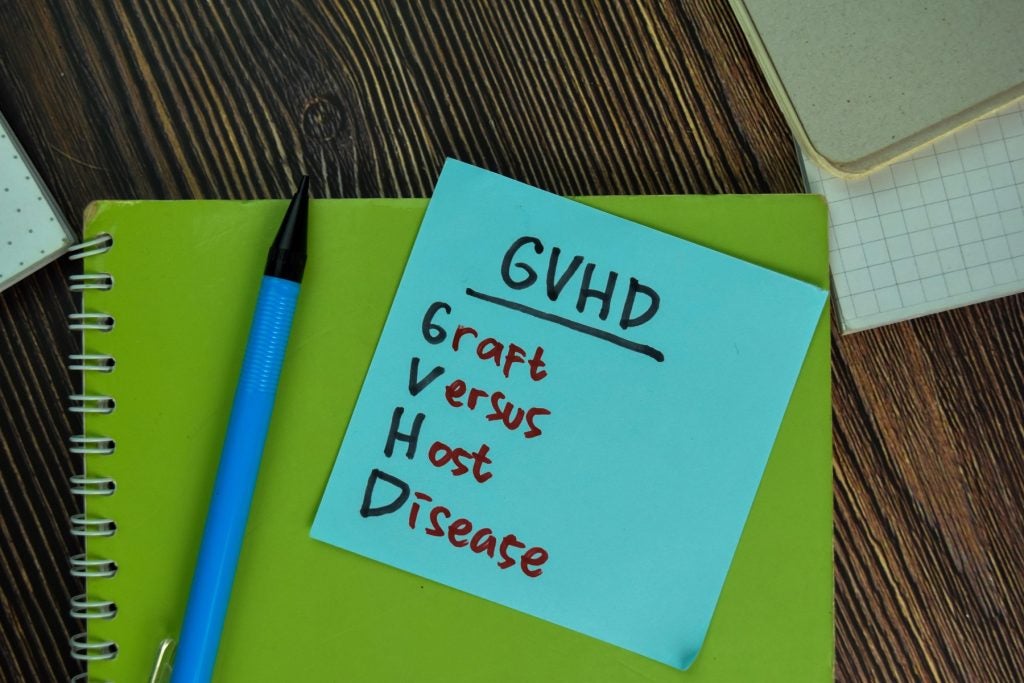The State of Feasibility
A few emerging themes have been at the forefront of discussions surrounding study feasibility assessments. Despite technological improvements and real-time access to data, we continue to be plagued by some common mistakes often overlooked in our feasibility steps. For example, most sponsors and CROs continue to provide very limited information and time to sites to respond to protocol feasibility. A two-page synopsis excluding inclusion or exclusion criteria (IC/EC) and sample size is simply not enough information for sites to adequately respond to patients that may be eligible for a trial.
As an industry, we continue to underestimate the use of site feasibility questionnaires. Sites frequently tell sponsors what they want to hear and this is often in response to the types of questions being asked. Instead of asking how many patients can be enrolled in a certain study, we should ask how many patients with this particular IC/EC will be enrolled in one month, six months, or beyond. Insights into the future of feasibility and steps we can take to improve our methodology are presented in this article.
Definitions
Feasibility must be viewed as two distinct steps. First, we should consider Medical Feasibility. This can be described as the sample of patients who exist in a particular demographic and meet the study eligibility criteria. Many seek this information much too late during the execution of a clinical trial. Medical feasibility also addresses patient burden and our current standard of care. Understanding how eligibility criteria can be modified to increase probability of recruitment while preserving the scientific validity of the study should be another key consideration. The second step is properly implementing an Operational Feasibility strategy that is realistic and in line with your trial goals. Many tools, service providers, and other cloud-based sources promise to help with this often challenging task but few can make accurate predictions once a trial is planned and initiated. A key element of operational feasibility includes ensuring adequate time and information is provided to sites to comment on the trial specifications with a full response to the site feasibility questionnaire. Other important factors involve allowing enough time for a proper geographical assessment of countries and evaluating health authority and ethics committee requirements, as well as reviewing past performance and obtaining references (where available).
Though this key step may add time to your assessment, it continues to be neglected by industry and can often be extracted from internal systems or other networks.
Feasibility Drivers
Why should we invest time and resources into improving trial feasibility assessments? The data suggests that there are four key areas that cannot be ignored. First, there is the realization that protocols have become much more complicated over the past few years. The industry is adding visits, assessments, and tests to protocols resulting in increased complexity [1].
See Also:
Secondly, studies have shown we often reach up to 2.9 amendments per protocol. Not only does this add a significant amount of time in writing and submitting for ethics approval, but a third of these amendments are usually avoidable [2]. Improper protocol designs and recruitment challenges equate to approximately 20 percent of all protocol amendments [3].
How well do you really know your competitors?
Access the most comprehensive Company Profiles on the market, powered by GlobalData. Save hours of research. Gain competitive edge.

Thank you!
Your download email will arrive shortly
Not ready to buy yet? Download a free sample
We are confident about the unique quality of our Company Profiles. However, we want you to make the most beneficial decision for your business, so we offer a free sample that you can download by submitting the below form
By GlobalDataThe third area of concern relates to cost. As an industry, we are aware that the cost of drug development has continued on a linear curve over the past 20 years. It is also clear that cost containment is critical for companies and sites to sustain growth for the long term. The data illustrates that 30 percent of all investigative sites fail to enroll more than one patient [4]. Each site costs $30,000 on average to initiate and each protocol amendment carries an average price tag of $450,000 USD [2-3].
Lastly, we must address the impact of timelines. 80percent of all clinical trials are delayed by more than a month and this can be attributed to many factors, which include additional amendments being written, recruitment difficulties, inadequate supplies, and site readiness to name a few. The opportunity cost also exists as with each day of delay in getting the product to market represents a lost opportunity of an estimated $1.4 million USD (assumes projected annual sales of marketed compound at US $500 million) [4].
Tools
There are many available tools that support the feasibility process but for the purpose of this article, three areas that have proven helpful to the author’s organization are highlighted:
EHR databases
The use of electronic health record (EHR) databases provides access to de-identified data from patients that can allow you to “test” the hypothesis of your protocol. A basic solution would be to enter protocol eligibility and assess the availability of patients.
Pre-Investigator Meeting
This is a relatively simple concept but with powerful implications. The purpose of this meeting is to invest as much time as possible early on with your potential investigators and study coordinators to obtain critical feedback on protocol design. Most investigators would be more than happy to provide their input if it will be taken into consideration in the final protocol [4].
Web-based Feasibility Questionnaire
Paper-based feasibility questionnaires are still commonly used and continue to have merit in the process, but available technology highlights the limitations. The industry has access to many applications that can quickly help setup a web-based system. Instant advantages include an audit trail, reporting tools, electronic tracking and quicker responses. The opportunity for a rapid turnaround can save time and help select sites at a higher rate than using the paper-based methodology.
Conclusion
A proper feasibility assessment should include a balance of available technology and simple yet powerful best practices which require time and resources to implement. “Back-up” sites are frequently relied upon much too late in the trial commencement stage, adding cost and time to all clinical studies.
The benefits of a proper assessment are realized during the execution of the trial. With proper planning, unnecessary protocol amendments and delays (due to recruitment challenges) can be avoided. Though sponsors may make the mistake of not validating enrollment figures provided by sites, this can be rectified by simply looking at trials in your own internal systems. Peer-to-peer reviews are invaluable and references from sponsors should be requested where possible. Feasibility is an evolving process and a crucial step in drug development as it facilitates our ability to recruit patients with high unmet medical need.
*Sameer Tandon is the Head of Strategic Alliances, US Clinical Development & Medical Affairs at Novartis Pharmaceuticals Corporation
References
1. Journal of Clinical Research Best Practices, Vol. 8, No. 1, January 2012
2. Stone, Judy, M.D., Conducting Clinical Trial Research, Chapter 2: “Scrounging Your First Study.” – http://conductingclinicalresearch.com/sample_chapter.php
3. Tufts Center for the Study of Drug Development Impact Report, Tufts University, Vol. 13, Number 5, September/October 2011
4. Applied Clinical Trials, Enrollment Performance: Weighing the “Facts”, May 2012
5. Getz et al. “Measuring the Incidence, Causes, Repercussions of Protocol Amendments”.Drug Information Journal. Vol. 45, pp. 265-275, 2011.







